Phanquinone
Modify Date: 2024-01-09 12:16:50
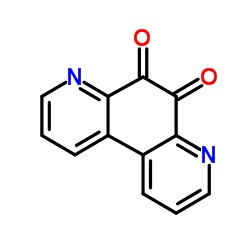
Phanquinone structure
|
Common Name | Phanquinone | ||
|---|---|---|---|---|
| CAS Number | 84-12-8 | Molecular Weight | 210.19 | |
| Density | 1.4±0.1 g/cm3 | Boiling Point | 456.1±20.0 °C at 760 mmHg | |
| Molecular Formula | C12H6N2O2 | Melting Point | 295° (dec) | |
| MSDS | N/A | Flash Point | 229.1±28.2 °C | |
Use of PhanquinonePhanquone (11925 C; Entronon) derives from a hydride of a 4,7-phenanthroline. Phanquone is applied as an original precolumn derivatization reagent for amino acids[1]. |
| Name | phanquone |
|---|---|
| Synonym | More Synonyms |
| Description | Phanquone (11925 C; Entronon) derives from a hydride of a 4,7-phenanthroline. Phanquone is applied as an original precolumn derivatization reagent for amino acids[1]. |
|---|---|
| Related Catalog | |
| References |
| Density | 1.4±0.1 g/cm3 |
|---|---|
| Boiling Point | 456.1±20.0 °C at 760 mmHg |
| Melting Point | 295° (dec) |
| Molecular Formula | C12H6N2O2 |
| Molecular Weight | 210.19 |
| Flash Point | 229.1±28.2 °C |
| Exact Mass | 210.042923 |
| PSA | 59.92000 |
| LogP | 0.15 |
| Vapour Pressure | 0.0±1.1 mmHg at 25°C |
| Index of Refraction | 1.678 |
CHEMICAL IDENTIFICATION
HEALTH HAZARD DATAACUTE TOXICITY DATA
MUTATION DATA
|
| HS Code | 2933990090 |
|---|
|
~84% 
Phanquinone CAS#:84-12-8 |
| Literature: Bonhote, Pierre; Wrighton, Mark S. Synlett, 1997 , vol. 1997, # 8 p. 897 - 898 |
|
~% 
Phanquinone CAS#:84-12-8 |
| Literature: Dalton Transactions, , # 8 p. 1060 - 1072 |
|
~% 
Phanquinone CAS#:84-12-8 |
| Literature: Synlett, , vol. 1997, # 8 p. 897 - 898 |
|
~% 
Phanquinone CAS#:84-12-8 |
| Literature: Synlett, , vol. 1997, # 8 p. 897 - 898 |
|
~% 
Phanquinone CAS#:84-12-8 |
| Literature: Chemische Berichte, , vol. 95, p. 2395 - 2402 Helvetica Chimica Acta, , vol. 33, p. 1080,1085 |
| Precursor 6 | |
|---|---|
| DownStream 6 | |
| HS Code | 2933990090 |
|---|---|
| Summary | 2933990090. heterocyclic compounds with nitrogen hetero-atom(s) only. VAT:17.0%. Tax rebate rate:13.0%. . MFN tariff:6.5%. General tariff:20.0% |
| Fanquinona |
| 5,6-Dioxo-5,6-dihydro-4,7-phenanthroline |
| [4,7]Phenanthroline-5,6-dione |
| phanquinonum [INN_en] |
| [4,7]Phenanthrolin-5,6-dion |
| 4,7-Phenanthroline-5,6-dione |
| Phanquinone |
| Entobex |
| Phanchinone |
| Entronon |
| 4,7-Phenanthrolene-5,6-quinone |
| Phanquinonum |
| Phanchinonum |
| phanquone |
| Enthohex |
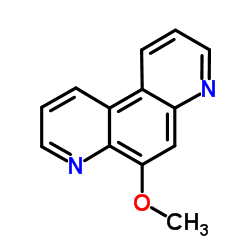
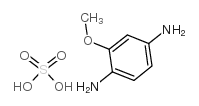
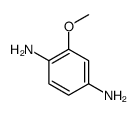
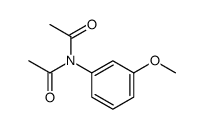

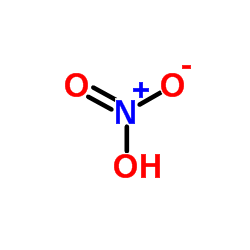
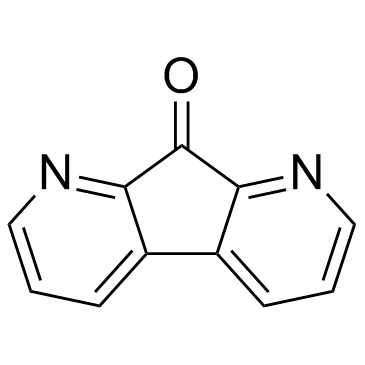 CAS#:54078-29-4
CAS#:54078-29-4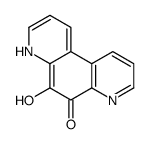 CAS#:91330-41-5
CAS#:91330-41-5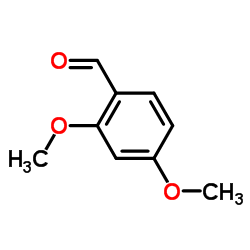 CAS#:613-45-6
CAS#:613-45-6 CAS#:104-87-0
CAS#:104-87-0![[3,3']bipyridinyl-2,2'-dicarboxylic acid structure](https://www.chemsrc.com/caspic/298/3723-32-8.png) CAS#:3723-32-8
CAS#:3723-32-8 CAS#:99971-15-0
CAS#:99971-15-0